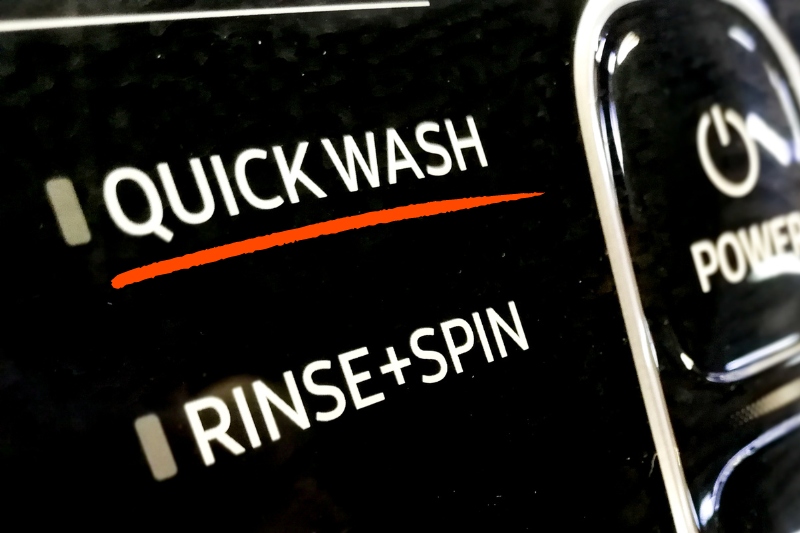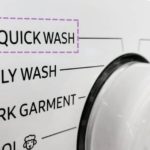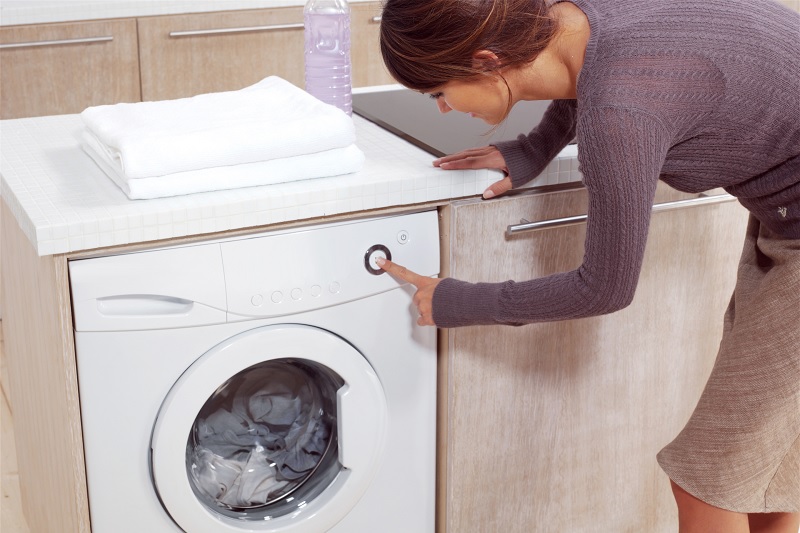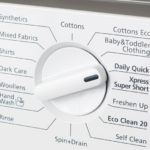Most modern washing machines have a “quick wash” cycle. As the name suggests, these programs wash your clothes quickly—usually within 14 to 60 minutes. This not only saves you time but also keeps costs down since it uses less energy.
However, one concern many homeowners have with quick wash cycles is their effectiveness. Does a fast cycle really provide an effective clean?
This largely depends on the temperature used; too hot and your clothes might damage, but too low and an effective clean can be difficult to achieve.
So, what temperature is a quick wash cycle? This article answers this question, so keep reading to find out!
We also help you decide when to use the rapid wash cycle and when it’s better to use a longer regular washing program instead.
What Temperature Is a Quick Wash Cycle?
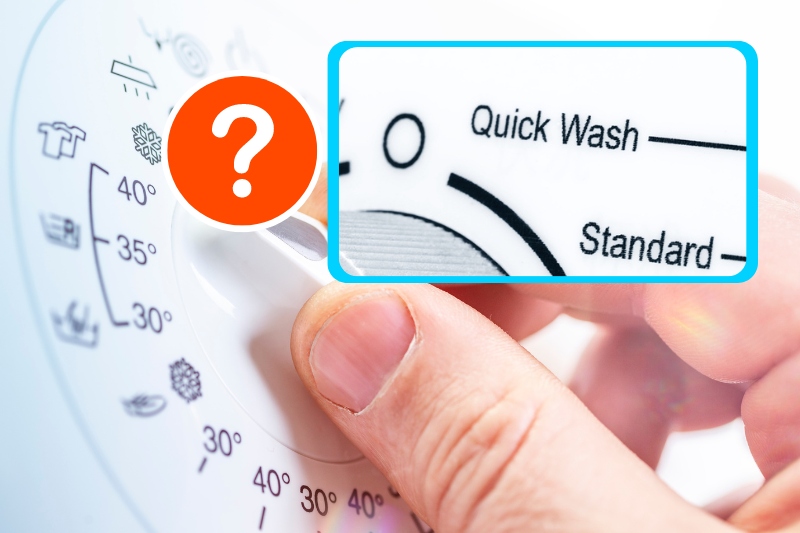
Quick wash cycles usually run at 30°C or 40°C. Many quick wash cycles are automatically programmed to run at 30°C, and if you want to increase the temperature to 40°C, you’ll need to do so manually using the controls on your appliance.
Bear in mind that when increasing the temperature, the washing time may also increase slightly to allow time for the water to reach this higher temperature.
You can also reduce the temperature of quick wash settings to 20°C when washing delicate items.
You typically can’t run a quick wash cycle above 40°C as it would take too long for a cold-fill washing machine to heat the water to this temeprature.
When Should I Use a Quick Wash Cycle?
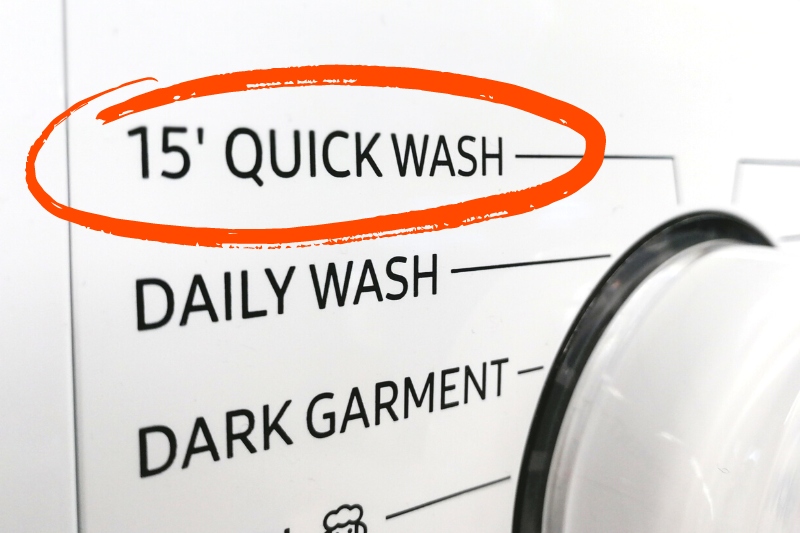
Aside from time, one of the main differences between quick vs. normal washing cycles is that quick wash cycles are designed for small, lightly soiled clothes.
You shouldn’t run a quick wash cycle all the time as it won’t clean your clothes as effectively as a regular cycle.
There are also times when you will want a higher temperature than 40°C. For example, if you need to kill bacteria, you will need a temperature of 60°C or above.
What Are The Benefits of Quick Wash Cycles?
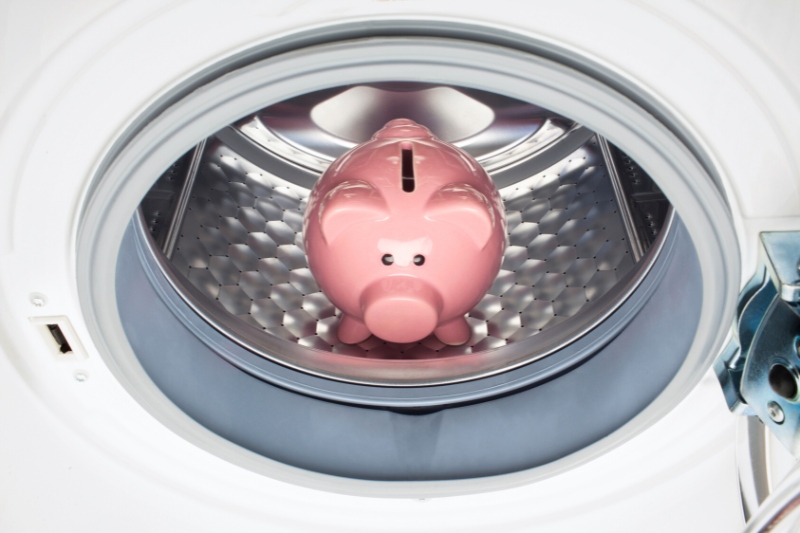
Assuming you are dealing with lightly soiled clothes, a quick wash cycle has several benefits over standard washing programs:
- Saves time: Quick wash cycles are a go-to for anyone in a rush. The fastest cycles are completed in just 15 minutes, giving you fresh, clean garments at record speed. This saves time spent doing the laundry and is perfect for last-minute washes.
- Can save money: By using lower temperatures, less water, and shorter spin cycles, quick washes can save up to 60% of the energy compared to regular cotton cycles. Not only is this great for the planet, but also for your pocket. By using less energy, a quick wash saves you money otherwise spent on your bills. However, bear in mind that quick washes are designed for smaller loads, so it might be more efficient to run a few full loads on a regular cycle rather than lots of half loads on a quick wash cycle, for example.
- Perfect for small loads: Quick washes are best used for smaller loads as they use less water and are quicker than standard wash programs. In fact, they’re a great way to wash a few items of clothing without wasting water and energy.
Top Tips for Using Quick Wash Cycles
As you can see, quick wash cycles have many benefits – they’re fast, convenient, and cost-effective. To ensure you make the most out of your quick wash settings, follow the tips below.
1. Adjust the temperature setting if needed
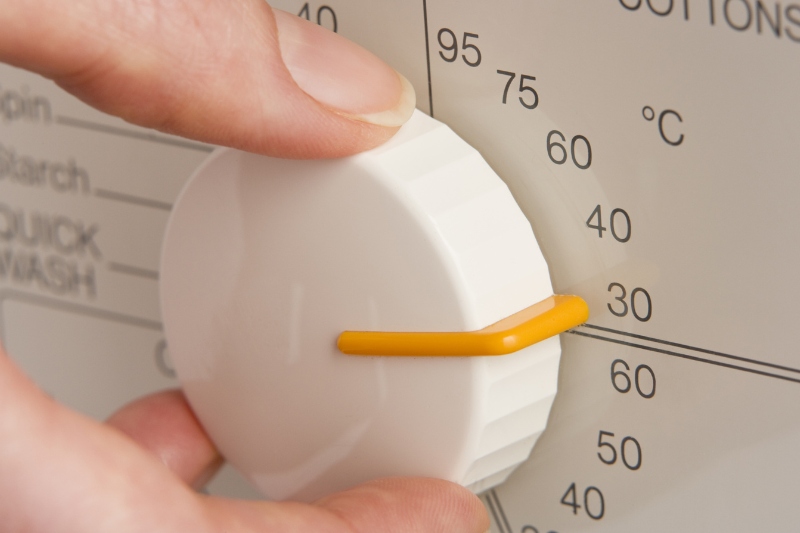
Selecting the most appropriate water temperature for your garments is crucial for achieving optimal results.
Quick washes can only reach up to 40°C. However, you might not need temperatures this high. We recommend checking your garments’ care labels to choose the best temperature for your load of laundry.
In general, if you’re washing bright colours, dark colours, or delicate fabrics, we recommend using a cold water wash (20°C to 30°C).
Lightly soiled clothes that just need a refresh can also be washed on cold. Meanwhile, synthetic materials or more heavily soiled garments should be cleaned at 40°C.
2. Don’t fill your washing machine up
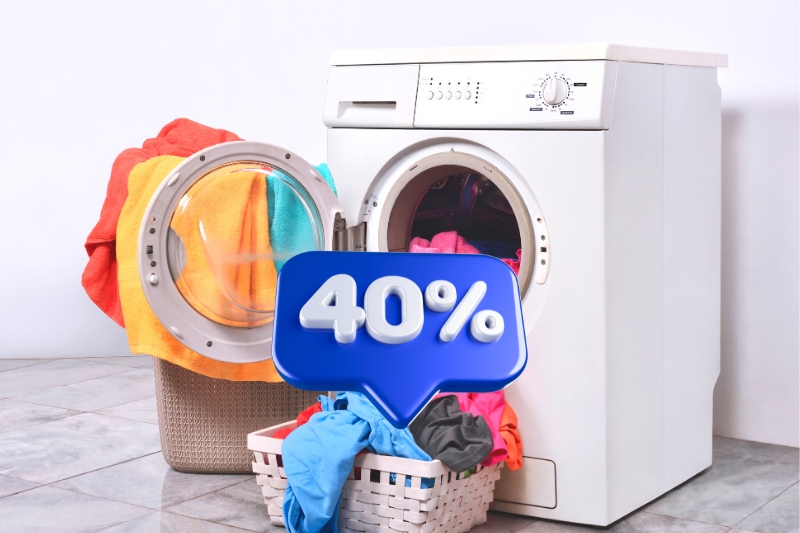
Only fill your washing machine at 40% capacity when using a quick wash cycle.
Faster cycles simply cannot wash a full load effectively as they use less water and time than regular cycles.
Overloading your machine is counterproductive as it results in a less even clean, and you might need to rewash some garments.
Spin times are also reduced on quick wash settings, so overloading the appliance can result in garments retaining more water than usual.
This is also a problem for heavier garments but can easily be rectified by running a short spin cycle afterwards to help facilitate drainage.
3. Use less detergent
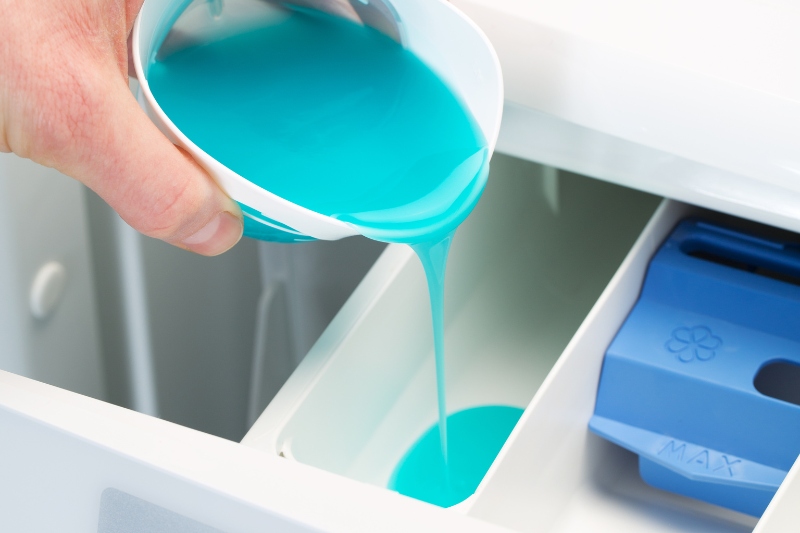
If you need to wash more heavily soiled clothes or those with tough stains quickly, you might be tempted to increase the amount of laundry detergent you’re using.
This helps to increase the cleaning power despite the lower water temperature used in faster wash settings.
However, using too much washing detergent can leave an unwanted residue on your garments.
Samsung recommends using no more than 20g of powdered detergent or 20ml of liquid detergent per 2kg load.
For quick washes, we suggest using a quick-acting laundry detergent designed to work at cooler temperatures, such as Ariel Gel, for great results without unwanted residues.

Hannah has a passion for cleaning. She worked her way around Australia by cleaning hostels in exchange for free accommodation and used her cleaning skills to bag a job as a chalet host for a luxury ski company in France.
